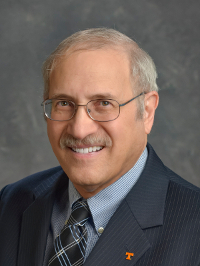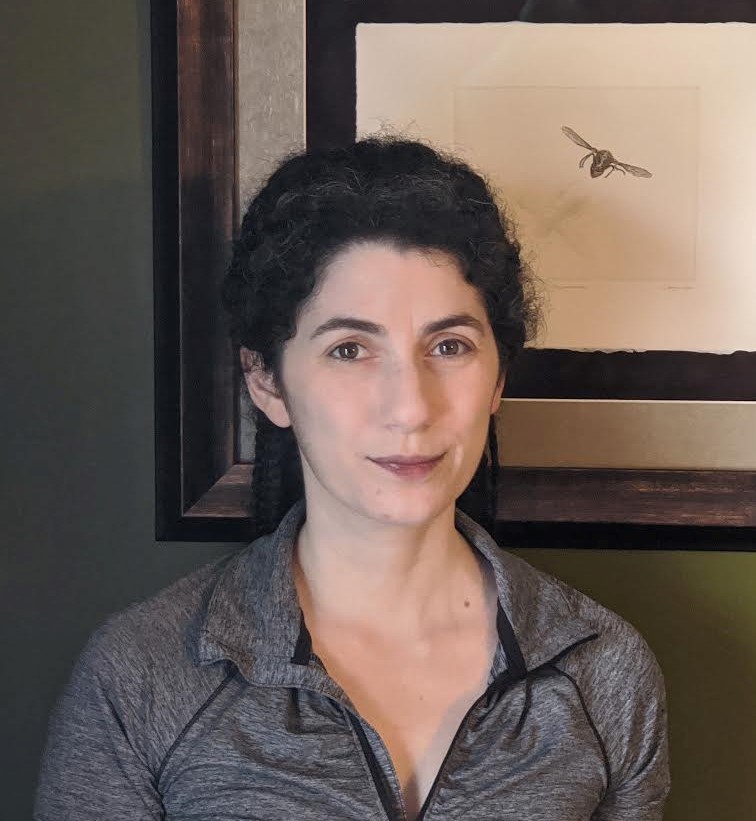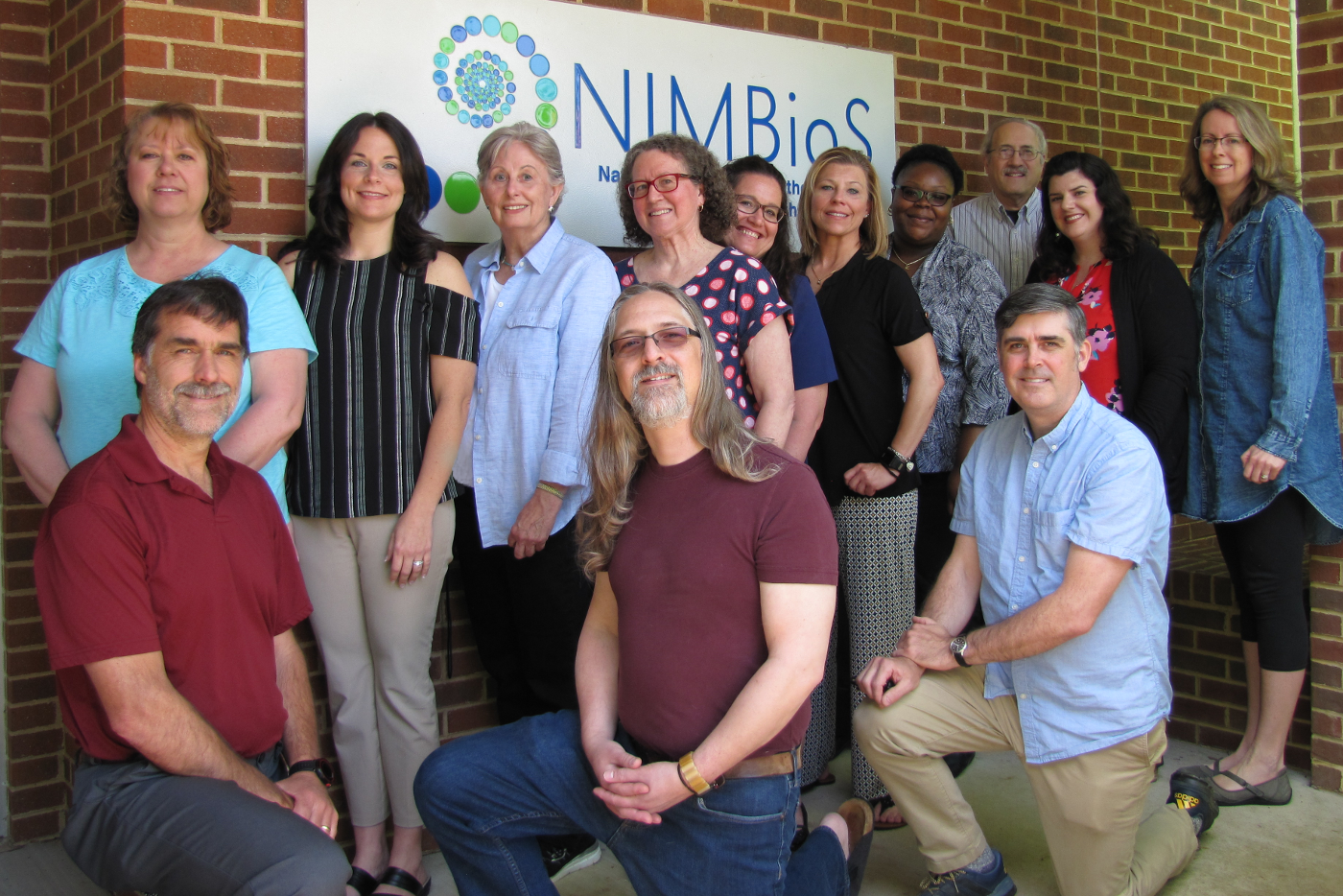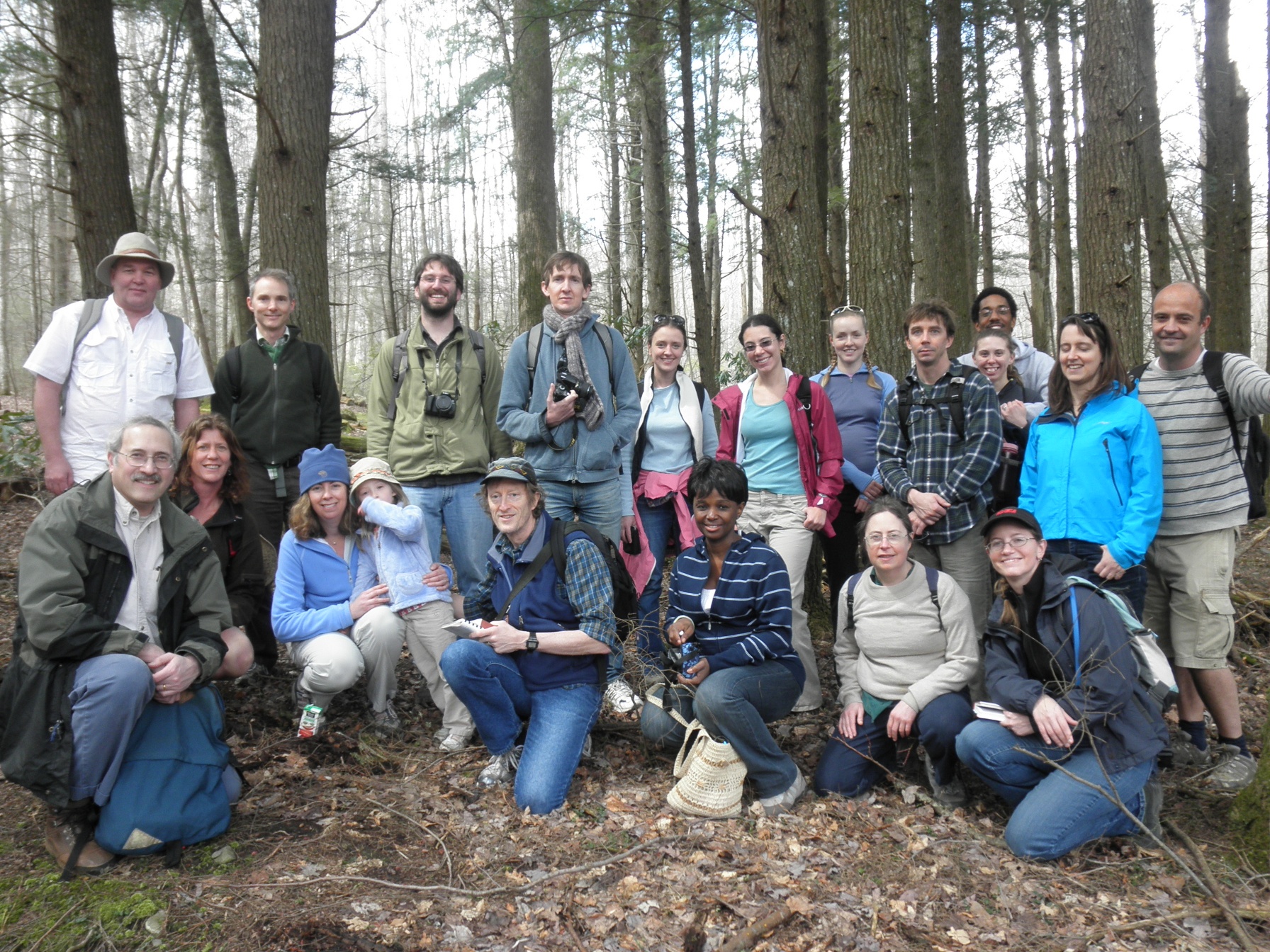NIMBioS Enters a New Phase
 The National Institute for Mathematical and Biological Synthesis (NIMBioS) is a National Science Foundation (NSF) Synthesis Center that was supported through NSF's Biological Sciences Directorate via a Cooperative Agreement with the University of Tennessee, with total funding of more than $35 million from 2008-2021. The original vision for NIMBioS was to address cutting-edge, fundamental biological questions by facilitating the assembly and productive collaboration of interdisciplinary teams. These teams could then deal with the complexities of the multi-scale systems that characterize modern biology, with a particular emphasis on the interface between mathematics and biology.
The National Institute for Mathematical and Biological Synthesis (NIMBioS) is a National Science Foundation (NSF) Synthesis Center that was supported through NSF's Biological Sciences Directorate via a Cooperative Agreement with the University of Tennessee, with total funding of more than $35 million from 2008-2021. The original vision for NIMBioS was to address cutting-edge, fundamental biological questions by facilitating the assembly and productive collaboration of interdisciplinary teams. These teams could then deal with the complexities of the multi-scale systems that characterize modern biology, with a particular emphasis on the interface between mathematics and biology.
NIMBioS achieved this through numerous programs and pushed the frontiers in both basic and applied science, addressing fundamental questions and those of direct public policy interest. NIMBioS also bolstered the development of mathematical biology as a field, fostering the development of entire programs equipped to educate mathematically competent, biologically knowledgeable and computationally adept researchers. (On a more personal note, NIMBioS was also integral to encouraging QUBES PIs Sam Donovan and Kristin Jenkins, along with others, to write the proposal for QUBES). Find out more about the impact of NIMBioS here.
In 2021, NIMBioS is transitioning from an NSF-funded synthesis center to a community support and service-oriented center still focused on research activities.
Louis Gross, PhD, Founding Director and Director Emeritus of NIMBioS, and Nina Fefferman, PhD, current Director, took the time to speak with us about NIMBioS’ history and accomplishments, and its future.
How did NIMBioS get started?

Lou: Tom Hallam, Simon Levin, and I ran a whole collection of courses and workshops at the International Center for Theoretical Physics, ICTP, in Trieste, Italy, with the idea that we could enhance the broad worldwide development of mathematical biology, which would in turn contribute to understanding important questions about connections between natural and human systems. Tom and I wanted to have something like that at UT (University of Tennessee-Knoxville) for a long time but could never figure out how to do it.
When NSF put out a call for a Center for Research at the Interface of the Mathematical and Biological Sciences in late 2007, and I applied for this in collaboration with my long-term colleagues Sergey Gavrilets and Suzanne Lenhart, we hoped it would allow us to enhance lots of the direct connections between observational methods and quantitative methods in a way that hadn’t been done before by other institutes or organizations.
I knew we had enough people around UT who had the long-term knowledge of math-bio to be able to do this effectively--we had a very long-running mathematical biology program, started in 1977 by Tom--and so we were well-structured to do this. After being chosen from many pre-proposals, we competed against about a dozen other institutions, with three site visits, and then we got it. That was in 2008, and we had our first real activity that fall with an initial advisory board gathering.
NIMBioS has always had a focus on educational initiatives. What are you most proud of in your educational outreach?
Lou: The breadth and diversity of our educational initiatives was astounding. There was just a phenomenal amount of educational activity at all levels that supported people at all career stages. And Suzanne Lenhart, our Associate Director for Education and Outreach, was the driver of that.
I’ll give you a couple of examples: Biology-in-a-Box, a project initially driven by Susan Reichert. It was a collection of 10 big plywood boxes that the Boy Scout troops built for her. Each one had a theme designed around the state standards in biology, and they were used mainly in middle school and high schools.
When NIMBioS came along, we said, “Hey, let's add quantitative stuff so they can be used to meet math standards as well,” and now they're used in somewhere around 80 to 90 school systems, just in the state of Tennessee, and a bunch of other states as well.
Another example is the Undergraduate Conference at the Interface between Mathematics and Biology, which was Suzanne’s idea, to bring together REU (Research Experiences for Undergraduates) programs that really had no connection to each other.
The conferences were tremendously successful. At a recent one, a faculty member from another college in the region, who brought a group of students to talk about their research in math and bio, came up to me and said, ‘Lou, you don't remember me, but I was here as an undergraduate 10 years ago, at the first one of these.’ That's the kind of success you can't really track.
The Undergraduate Summer Research Experience program was another area where we tried several things that hadn’t been done before. We organized the groups so they had both bio-background people and people with a math or computer science or quantitative background, and the mentors were also both math and bio-oriented. We also invited high school teachers, who ended up in a mentor role for the undergraduates, and it worked really well. It was just a phenomenal group of students we supported over the years.
That gives you some idea of the breadth of the educational initiatives, along with tutorials for graduate students and a host of other things.
What other accomplishments are you most proud of?
Lou: Aside from the tremendous amount of outstanding collaborative research we fostered, our focus on evaluation from the very beginning was unique.
We hired Pam Bishop as our evaluation manager, stunningly good, who wrote her dissertation in part on NIMBioS working groups and what worked for interdisciplinary collaboration. None of the other centers did anything like what we've done with regard to evaluation of our programs. Eventually that led to what is called NISER, the National Institute for STEM Evaluation and Research, and I'm very proud of the fact that NIMBioS fostered another national institute that is still going bonkers with activity.
Another thing I’m proud of was our communications efforts. I thought we really needed someone in-house who knew about science journalism and science communication, so we hired Catherine Crawley whose PhD was in science communication, and our communications were really effective because of her. She took on the responsibility of having sessions with all of our postdocs and graduate students and had them thinking about an elevator talk, about their career, and how to publicize what they did.
I’m also proud of the working group concept and the capability of combining math people who may not have any real interest in data per se, with the biologists, and actually doing that in an effective way. This is Associate Director for Scientific Activities Sergey Gavrilets’ doing in setting the ground rules, and then there were a lot of suggestions from the advisory board about how to make these effective. The working groups were so successful and productive, we were able to come out with a set of guidelines for how to do this effectively.
What has surprised or impressed you about how the NIMBioS community evolved?
Lou: Although the working group ethos had become well-established in the eco/evo biology community, it was mostly novel for the math-bio community as we developed it at NIMBioS. Much of collaborative math-bio was really being done by very small groups of collaborators, two to five individuals.
The community now accepts and appreciates the working group approach to collaborative efforts that starts with larger groups of 10 to 15, supports diverse opinions, allows for sub-groups to further develop models and analyses, and then brings it all back to acceptance of the larger group for further guidance.
One factor that assisted in the acceptance of this working group model was the involvement throughout the time of NIMBioS’ NSF support of outstanding leading math-bio researchers in proposing and then organizing working groups.
As NSF funding comes to an end, how will NIMBioS change and how will it stay the same?

Nina: We are still very much maintaining ourselves as a national center and a focus for national activity in the math-bio community. The first instantiation of NIMBioS was very outward-focused on community building, but that community is now actually a thriving and healthy community. So for the next phase of our life, we’re focusing on community support and figuring out how we can facilitate and ease some of the burdens in the work that goes into creating and then supporting ongoing collaboration, conversation, and education.
A lot of time and energy is now being invested in parallel by researchers who make up the NIMBioS community. The next phase of NIMBioS will be to centralize some of that effort. Now we have insights about working groups, for example. We can offer these as best practices, and then ask: Which things can NIMBioS do and provide as a service to the community?
I envision NIMBioS to be a place where researchers and educators at every level in quantitative life sciences can come and ask for what they need, whether NIMBioS provides it or helps them get it. We want our community to use NIMBioS very much as that community support center, now that it has served for so long as a community building center.
I do think it's worth noting that our next space is separate from the concept of synthesis. There was a huge need for synthesis in order to figure out what mathematical and biological synthesis looked like when NIMBioS was originally funded. In large part because NIMBioS existed, that need is no longer there. So we’ll be switching from synthesis as a research topic in and of itself to more exploratory and discovery-based research again. Not to say that we won't be doing synthesis, but that our scope, our mandate will be much broader than that.
Where will your funding come from and how can our community get or stay involved?
Nina: There are going to be multiple potential routes of funding going forward, certainly the most traditional of those routes is going to be writing us into grants. Part of what we'd like to do as support to the community is to help people gain truly interdisciplinary funding, which is still very difficult. It's much easier to go to a particular discipline and then bring in a second discipline. One of the things I think NIMBioS can articulate well is how to write a successful interdisciplinary proposal and how to structure those in ways that succeed with a disciplinary panel.
If people want to work with us on those proposals, then we might ask them to include funding for the center or for an activity that would happen at NIMBioS, like working groups, workshops, tutorials, summer programs for undergraduates, those things that are very natural add-ons to the work people are already doing.
Starting this summer, we’ll also do some consulting work in the traditional sense. There's a lot of very rich work in biology that requires a model that doesn't need research. NIMBioS will be a place to come with that problem, and we’ll roll that out both as a training opportunity for our students and also as part of how to support NIMBioS.
We expect our community will stay intact and continue to grow, and we will be actively working to keep our community engaged. We want to be a ready place to turn to for collaborators, so that instead of having to do your own legwork, you can come to this professional network of life science modelers or of empiricists who are quantitatively curious. We’ll be working to maintain those bonds and help the community remain aware of each other.
This community maintenance supports a broadening of inclusivity and diversity in perspective and participation. It's so easy if you don't know the field, to simply look up the biggest name, and those people are overwhelmed. If the only way to identify people is finding who's most obvious, then that's harder to create opportunities for newcomers. By having NIMBioS play that role, generating these connections and facilitating these very intimate collaborative introductions, we hopefully increase egalitarianism with the next generation.
You can learn more about NIMBioS here.
Keep up-to-date on new opportunities by signing up for their newsletter.

NIMBioS Staff in April 2019. (Back row, L to R): Louise Murr, Jennifer Spar, Jane Comiskey, Suzanne Lenhart, Sondra LoRe, Nichole Minshall, Erica Echols, Louis Gross, Meredith York, Catherine Crawley. (Front row, L to R): Chris Welsh, Michael Peek, Greg Wiggins. Not pictured: Eric Carr

NIMBioS Staff in 2011, on their annual wildflower hike.